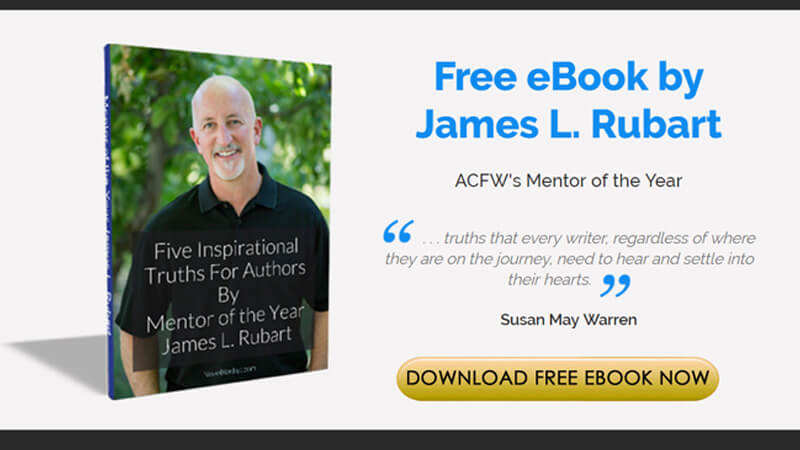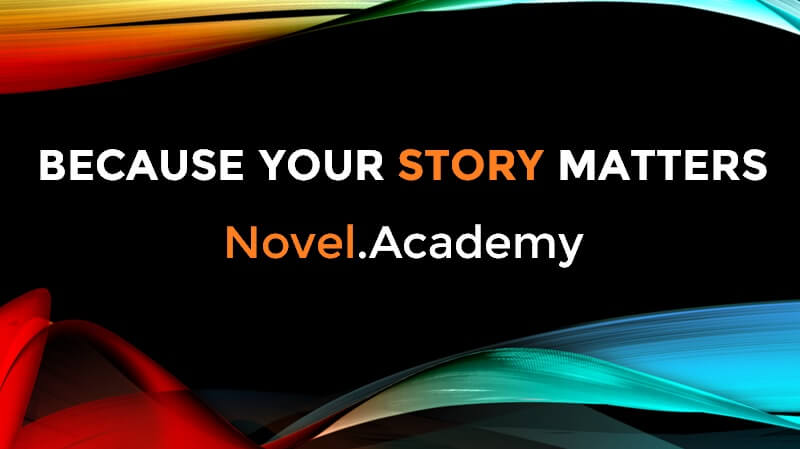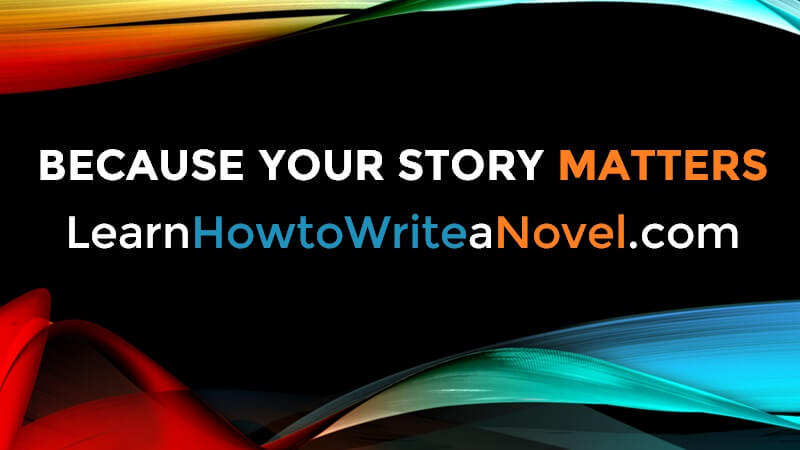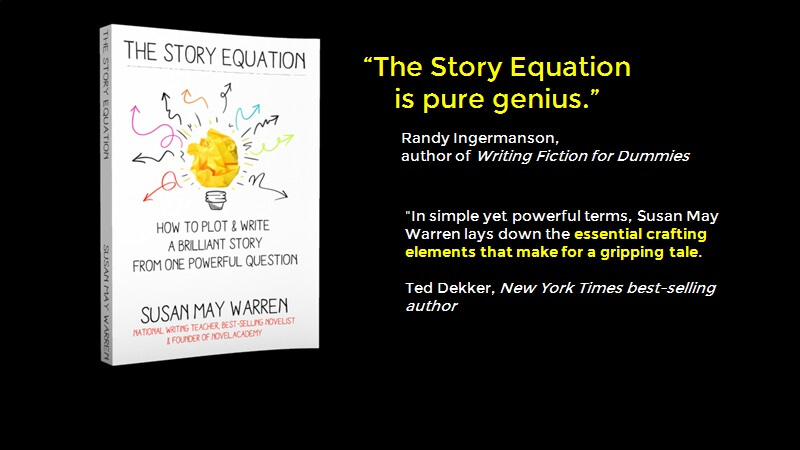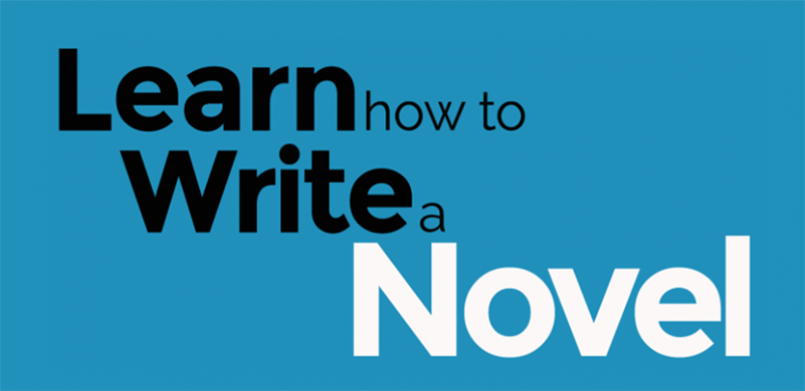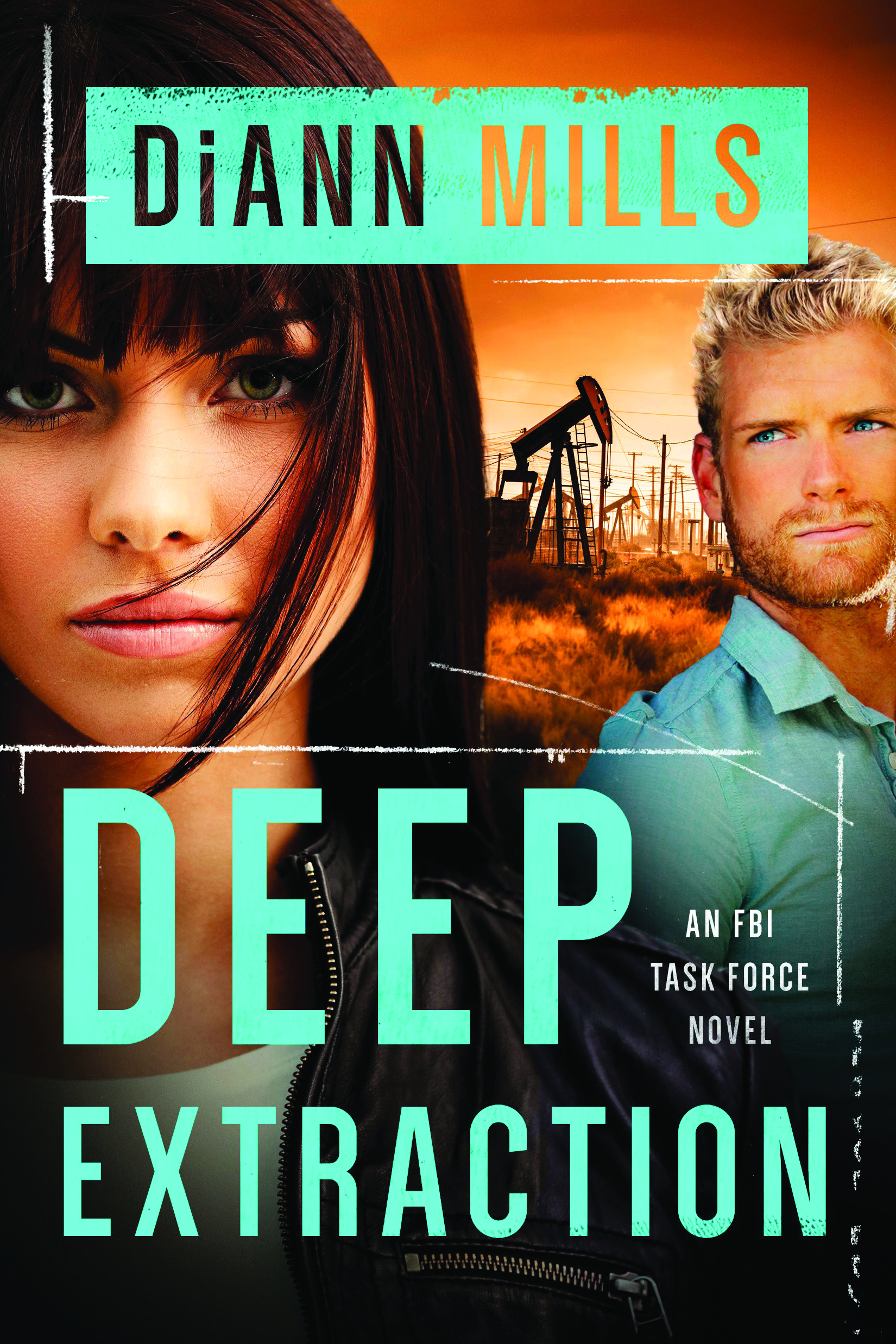post by Michelle Griep
If I were to sit down across the table from you, cups of java in hand of course, and ask you how writing non-fiction is different from writing fiction, how would you answer? Think on it.
Ready? Answer in mind?
You are wrong, Bucko.
Today I'm here to blast out of the water the three most common misconceptions the average humanoid believes to be true about non-fiction vs. fiction.
Myth:
In fiction you get to make things up, but in non-fiction you can only list facts.
Busted:
Would you seriously want to read a novel wherein nothing is true? Fiction needs to have facts incorporated in order to be believable.
And conversely, in non-fiction you need to creatively express your facts so that a reader doesn't shrivel up and die from literary dehydration.
Myth:
Story is fine for fiction but forget about it for non-fiction.
Busted:
We all live in some kind of story. Maybe your life is a drama right now. Or perhaps you're living in a sit-com. Whatever, story grabs hold of readers because that's where writing connects with their heart. This is every bit as much true for non-fiction books as well fiction.
Myth:
Writing fiction is harder than non-fiction --or-- writing non-fiction is harder than fiction.
Busted:
They're both hard. Each requires attention to detail, word choices, writing tight, and content that scoots the reader to the edge of his seat.
Sure, there are some differences between the two. There is no arc or climax in a non-fiction book, no protagonists or antagonists. Fiction has a theme, but it's not a useful how-to tool.
The point is don't be all puffed up thinking non-fiction writers are smarter than fiction authors, nor put fiction writers on a pedestal of supreme creativity because non-fiction writers surely only deal in dust-dry words. Writers are writers no matter the genre. Words are words. The great divide isn't so great after all.
In my newest release, THE CAPTIVE HEART, I blend historical fact with fast-paced fiction. Here's a blurb . . .
On the run from a cruel British aristocratic employer, Eleanor Morgan escapes to America, the land of the free, for the opportunity to serve an upstanding Charles Town family. But freedom is hard to come by as an indentured servant, and downright impossible when she’s forced to agree to an even harsher contract—marriage to a man she’s never met.
Backwoodsman Samuel Heath doesn’t care what others think of him—but his young daughter’s upbringing matters very much. The life of a trapper in the Carolina backcountry is no life for a small girl, but neither is abandoning his child to another family. He decides it’s time to marry again, but that proves to be an impossible task. Who wants to wed a murderer?
Both Samuel and Eleanor are survivors, facing down the threat of war, betrayal, and divided loyalties that could cost them everything, but this time they must face their biggest challenge ever . . . Love.
TWEETABLE
Knocking out the misconceptions about non-fiction vs. fiction~Michelle Griep (Click to Tweet)
____________________________________________________________________
Ready? Answer in mind?
You are wrong, Bucko.
Today I'm here to blast out of the water the three most common misconceptions the average humanoid believes to be true about non-fiction vs. fiction.
Myth:
In fiction you get to make things up, but in non-fiction you can only list facts.
Busted:
Would you seriously want to read a novel wherein nothing is true? Fiction needs to have facts incorporated in order to be believable.
And conversely, in non-fiction you need to creatively express your facts so that a reader doesn't shrivel up and die from literary dehydration.
Myth:
Story is fine for fiction but forget about it for non-fiction.
 |
| Creativity is needed for fiction and non-fiction alike. |
Busted:
We all live in some kind of story. Maybe your life is a drama right now. Or perhaps you're living in a sit-com. Whatever, story grabs hold of readers because that's where writing connects with their heart. This is every bit as much true for non-fiction books as well fiction.
Myth:
Writing fiction is harder than non-fiction --or-- writing non-fiction is harder than fiction.
Busted:
They're both hard. Each requires attention to detail, word choices, writing tight, and content that scoots the reader to the edge of his seat.
Sure, there are some differences between the two. There is no arc or climax in a non-fiction book, no protagonists or antagonists. Fiction has a theme, but it's not a useful how-to tool.
The point is don't be all puffed up thinking non-fiction writers are smarter than fiction authors, nor put fiction writers on a pedestal of supreme creativity because non-fiction writers surely only deal in dust-dry words. Writers are writers no matter the genre. Words are words. The great divide isn't so great after all.
In my newest release, THE CAPTIVE HEART, I blend historical fact with fast-paced fiction. Here's a blurb . . .
 |
| Now available on Amazon. |
On the run from a cruel British aristocratic employer, Eleanor Morgan escapes to America, the land of the free, for the opportunity to serve an upstanding Charles Town family. But freedom is hard to come by as an indentured servant, and downright impossible when she’s forced to agree to an even harsher contract—marriage to a man she’s never met.
Backwoodsman Samuel Heath doesn’t care what others think of him—but his young daughter’s upbringing matters very much. The life of a trapper in the Carolina backcountry is no life for a small girl, but neither is abandoning his child to another family. He decides it’s time to marry again, but that proves to be an impossible task. Who wants to wed a murderer?
Both Samuel and Eleanor are survivors, facing down the threat of war, betrayal, and divided loyalties that could cost them everything, but this time they must face their biggest challenge ever . . . Love.
TWEETABLE
Knocking out the misconceptions about non-fiction vs. fiction~Michelle Griep (Click to Tweet)
____________________________________________________________________
Michelle Griep’s been writing since she first discovered blank wall space and Crayolas. Follow her adventures and find out about upcoming new releases at her blog, Writer Off the Leash, or stop by her website. You can also find her at the usual haunts of Facebook, Twitter, or Pinterest.
Like what you read? There’s more. WRITER OFF THE LEASH: GROWING IN THE WRITING CRAFT is a kick in the pants for anyone who wants to write but is stymied by fear, doubt, or simply doesn’t know how to take their writing to the next level.
Like what you read? There’s more. WRITER OFF THE LEASH: GROWING IN THE WRITING CRAFT is a kick in the pants for anyone who wants to write but is stymied by fear, doubt, or simply doesn’t know how to take their writing to the next level.




